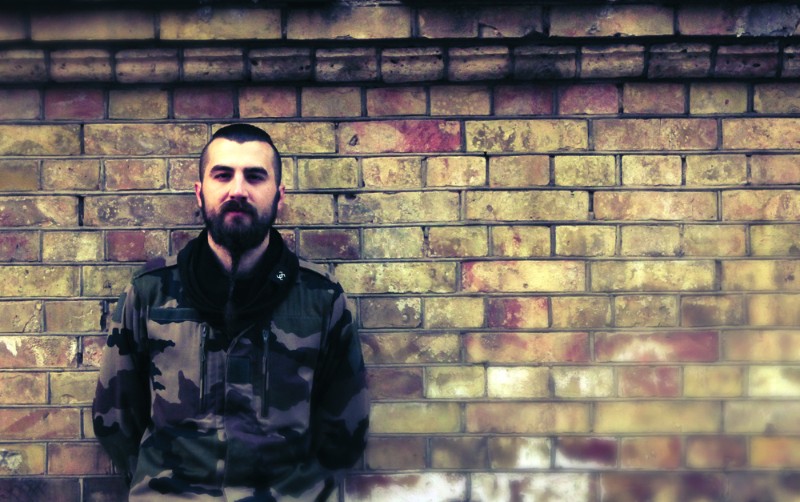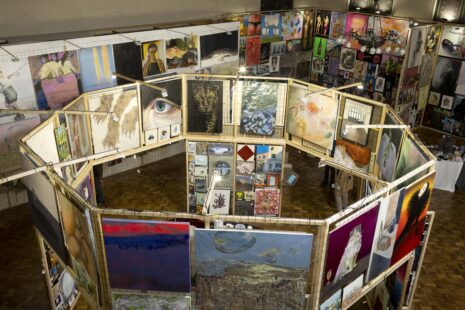95 young artists from Lithuania to Finland are participating this year’s Nordic & Baltic Young Artists Award (NBYAA) competition. What are the trends amongst young talents, who are the up and coming arstist to keep an eye on, and are there any differences in art work from – jury member from Vilnius Academy of Arts Jurij Dobriakov comments.
Who do you see as “up and rising” new artists in Finland and Baltics based on the contest? Who should we keep a closer eye on?
I think that Ksenia Yurkova from Finland, Mari-Liis Rebane from Estonia, Elīna Vītola from Latvia, and Viltė Bražiūnaitė and Tomas Sinkevičius from Lithuania are already working at a level of artistic quality that is well above the “student” context – they have what it takes to be active players in the contemporary art scene. I believe we will see and hear increasingly more of them in the coming years. On the other hand, the work of young artists who might be less focused on the current art trends yet have a very individual approach to their environment, such as the Estonian Viktor Gurov, must also be acknowledged. We will see if they continue their artistic practice after graduating from the academy, but it is important that the art world gives enough space to experimentation that might not be immediately commodified.
Please share your view on importance of NBYAA competition in our region?
The NBYAA competition is important first of all because there seems to be a lack of communication and mutual awareness between the art students and emerging artists in the four countries that comprise the region. Sometimes it seems that young artists in Lithuania, for example, are very well informed about the Berlin or London art scenes, but do not know much about their peers in Latvia, even less in Estonia or Finland. It might also be a problem of inter-institutional collaboration, so an initiative that brings these artists together in a shared space is definitely welcome.
Please describe the overall level of NBYAA in 2018? What is the most fascinating about the art work submitted to the contest?
The overall level of NBYAA’18 seems to reflect the general situation of the contemporary art field today. It is good to see that the graduates of art academies follow the newest aesthetic and conceptual developments and tendencies in the international art world, but it is equally reassuring to realise that they do not follow these trends blindly, and many pay a lot of attention to the local context or revisit and rethink the more “traditional” artistic media – and we can see the same processes in the established contemporary art field, for instance, the return to sculptural forms.
What are the main differences between participating artists and artworks from neighbouring countries that you can point out?
On the whole there are not so many differences, although Estonia, for instance, seems a bit more focused on new digital media and technology than the other countries, while Latvia and Finland may feature more painting. Also, for some reason Lithuanian artists seem to be the most numerous participants of the competition – does it have something to do with the overall number of academy graduates or a greater competitive spirit in this country?
What would suggest to young artist considering participating in following years?
Let me just say that it is important to stay locally rooted while thinking and working globally. To me this is an absolute prerequisite for good, affective art. I hope the NBYAA competition further develops this active regional field for young artists as a stepping stone to international careers.









